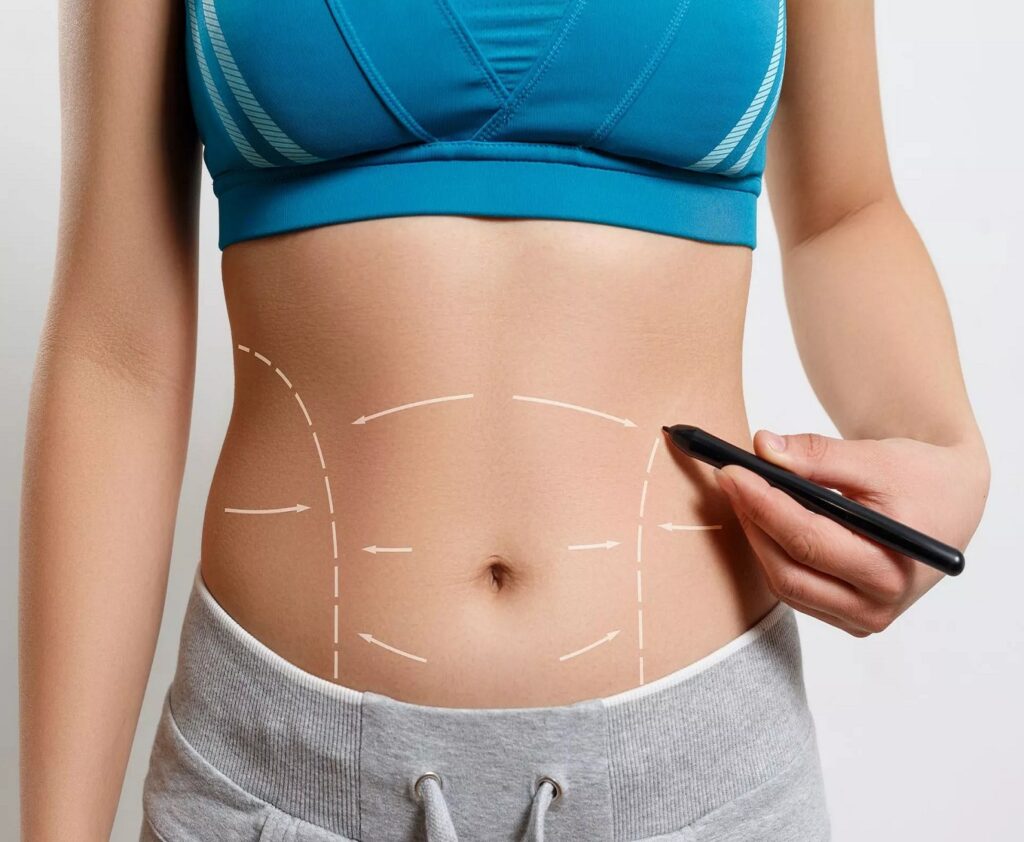What is Liposuction?

Liposuction, also known as lipo or body contouring is a popular cosmetic surgery option to remove excess fat from areas such as the thighs, hips, buttocks, abdomen, or arms.
A small incision of 0.2-0.3cm will be made in hidden areas to melt and and remove thin layers of fat around the body for a visible and definite size reduction without recurrence. The procedure will be tailored to precisely sculpt your body to your desired aesthetic goals.
Surgical Procedure

Consultation
Schedule a consultation with Dr Jag to understand about the surgery and undergo a thorough check-up

3D ultra-sound diagnosis
A diagnosis will be carried before the surgery to get an accurate analysis of your body condition

Schedule surgery date
Before the surgery, you will need to do a full medical check up and Covid-19 test.
Our nurse will schedule the surgery date for you according to your preferred date. Make sure to follow the guidelines before the surgery day.

Post-surgery
You will receive care guidelines to prompt fast recovery and be scheduled for the next follow-up. You will be required to wear a breastband for at least 8 weeks.
The best candidates for liposuction are healthy individuals. Ideal patients have stubborn subcutaneous fat, in which fat resides between muscle and skin, and not visceral fat in which the layer of fat resides beneath the muscle layer around the abdominal organs.
Liposuction is a surgical procedure that involves making small incisions in the skin and inserting a tool called a cannula into the fat pocket. This cannula is attached to a suction device or a syringe to extract the fat.
This is typically an outpatient surgery, so while patients may be put under general anesthesia they are often allowed to go home the same day as the surgery.
The cannula is a small instrument, and because of this, the scars are small as well. The number of scars is based on the number of insertion points needed to address the area. Scarring also varies depending on the patient’s skin quality. Dr Jag will discuss location and the ways in which they can minimize the appearance of scarring.
In most procedures, the patient can return to work in 3 to 7 days and resume all normal activities, like exercise, within 2-4 weeks or less, though recovery and postsurgical care varies depending on the area treated and the amount of fat removed.
